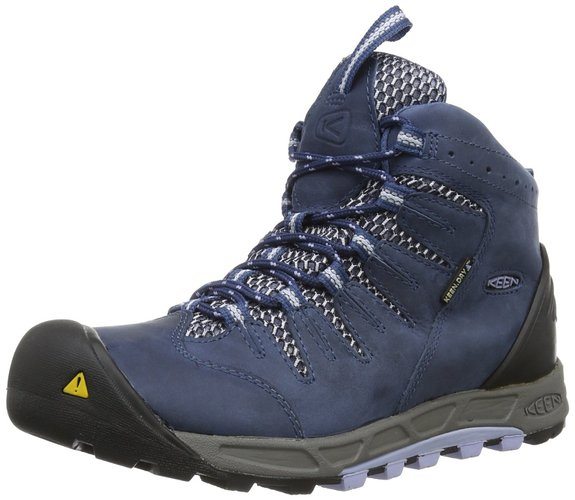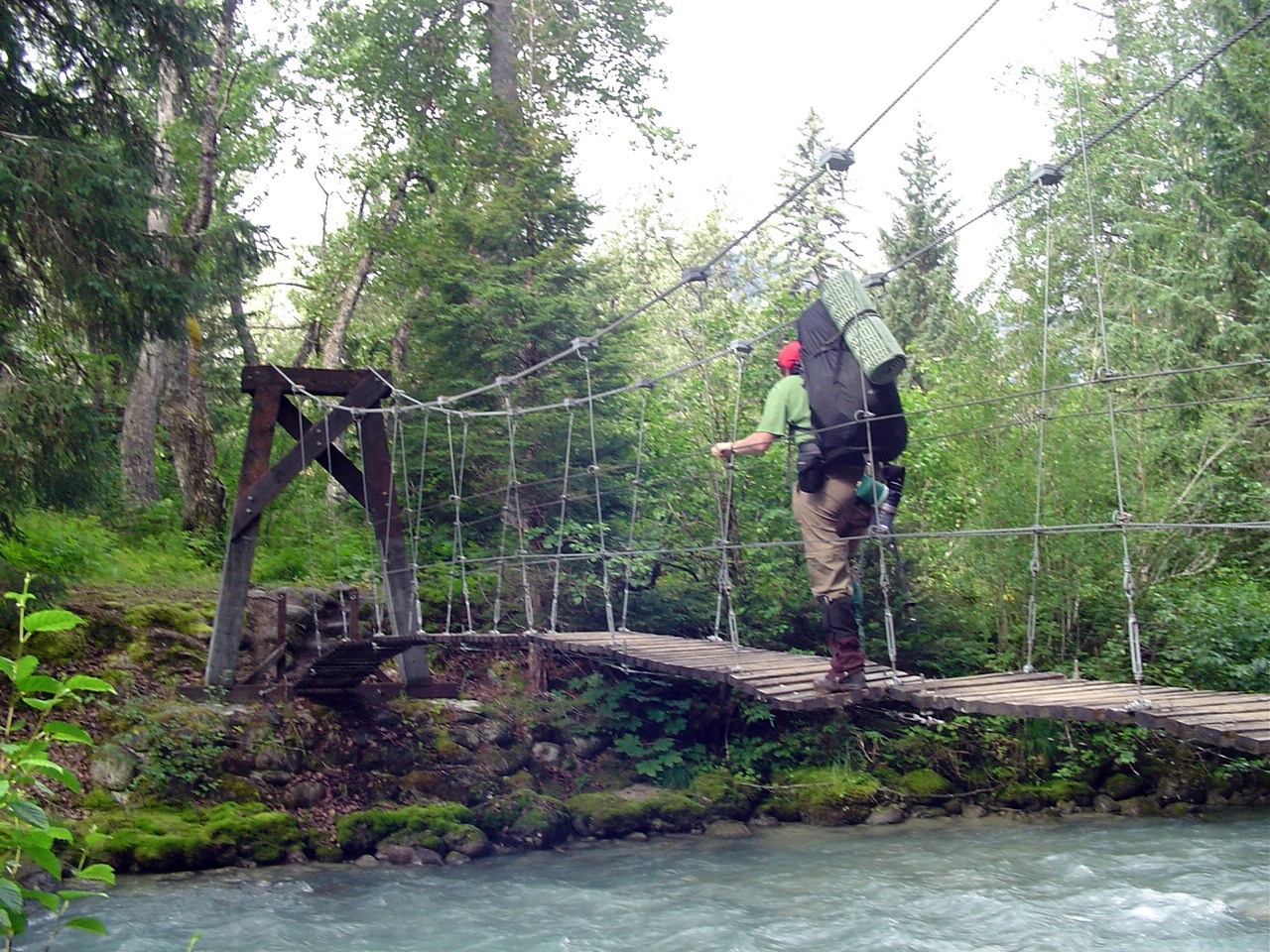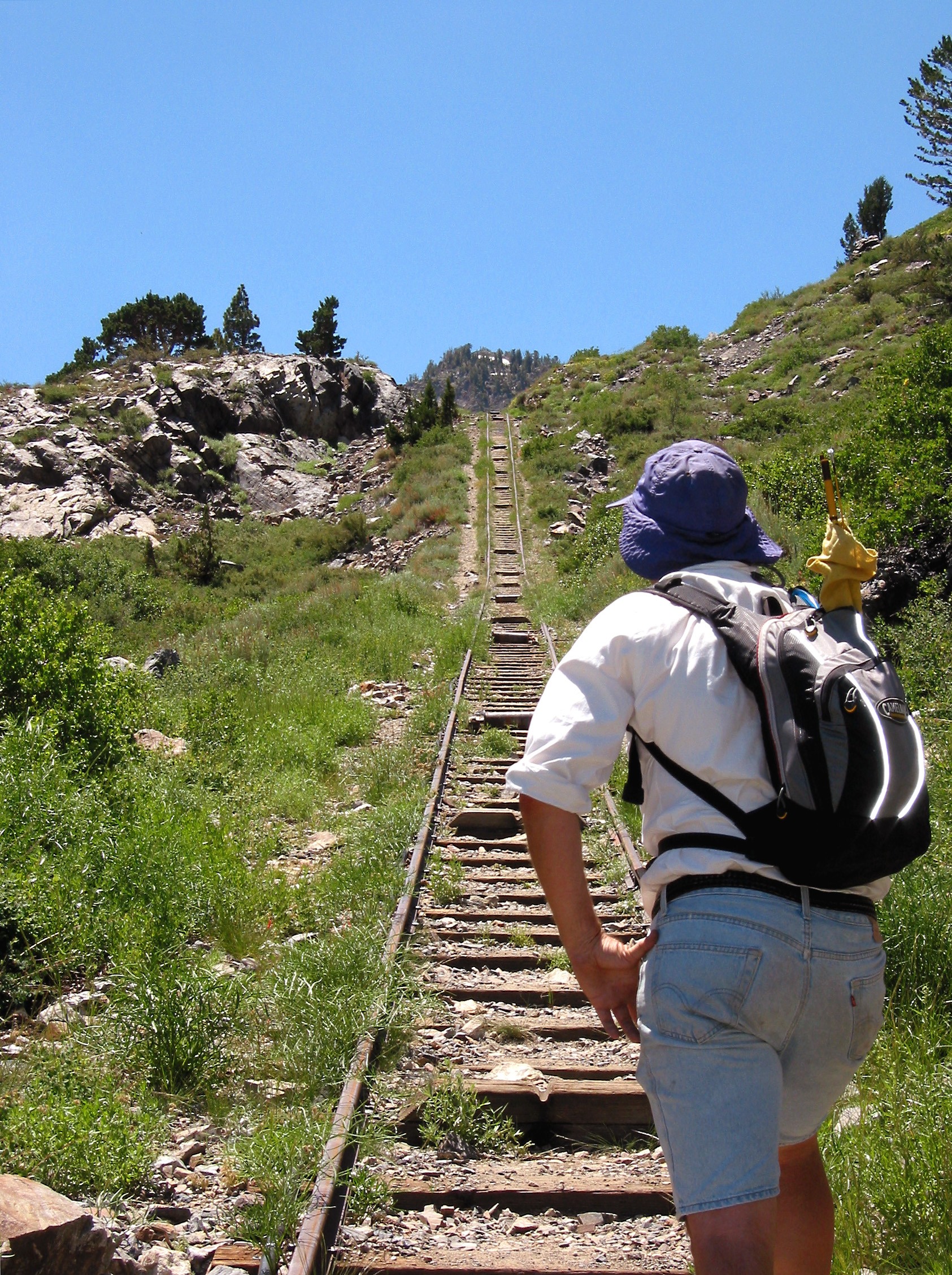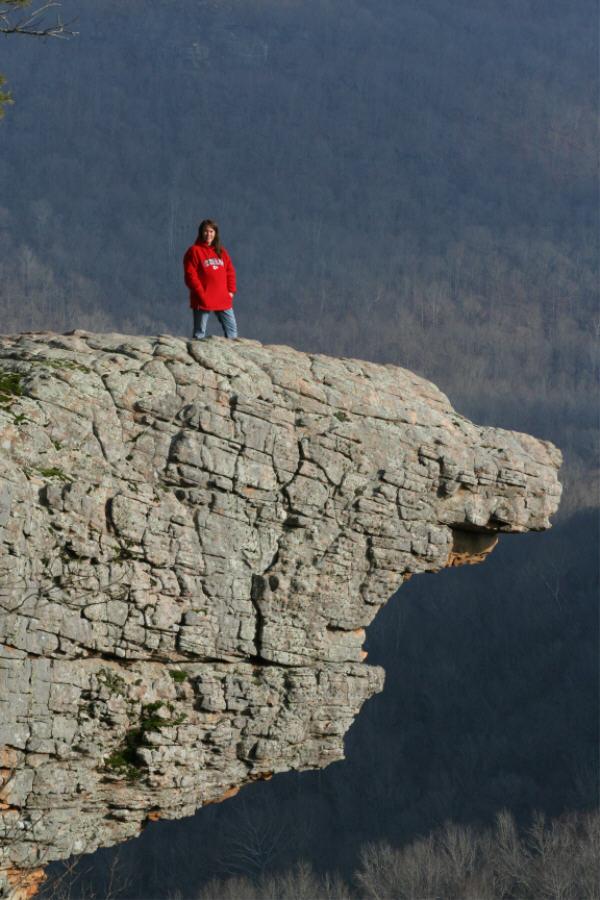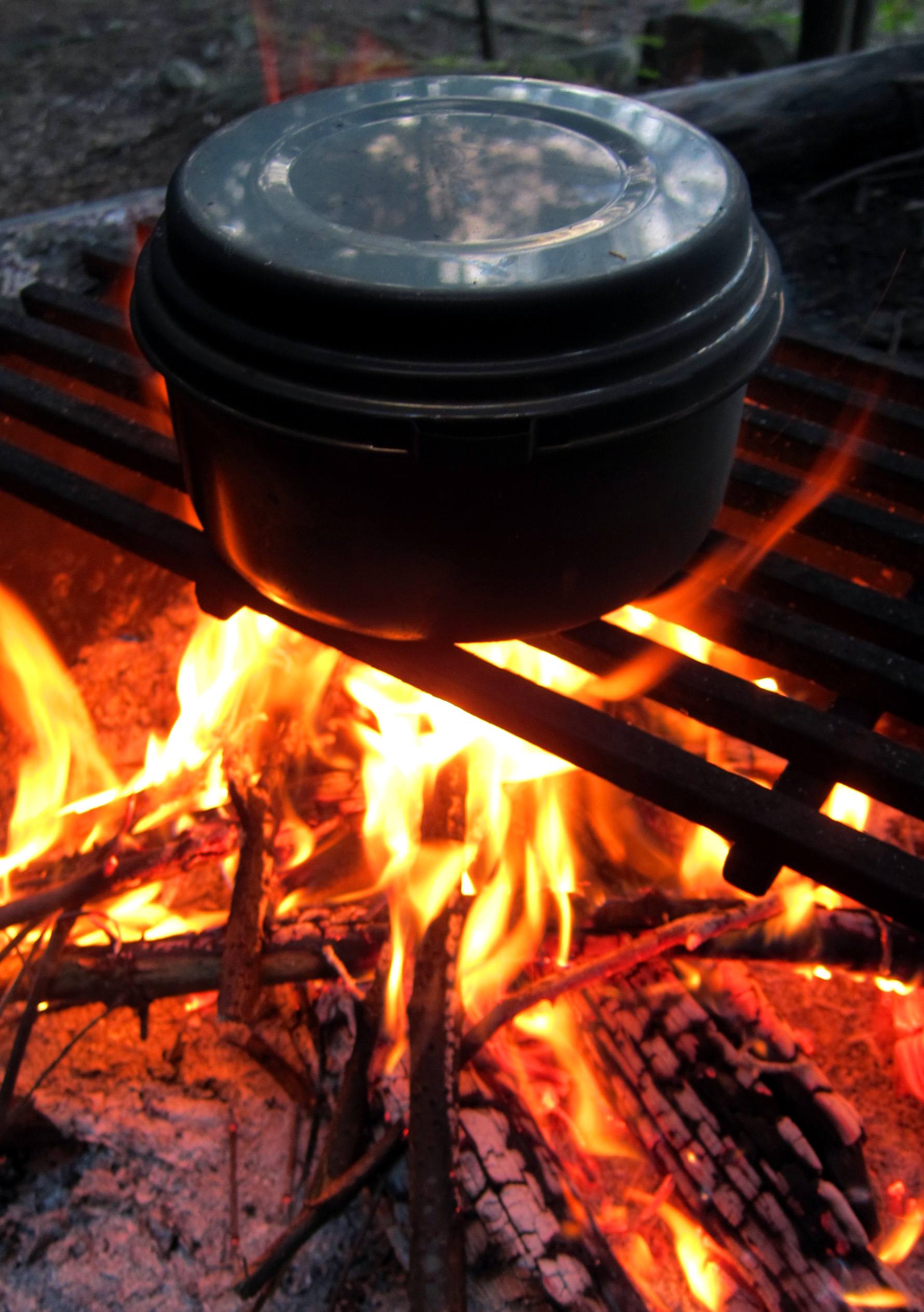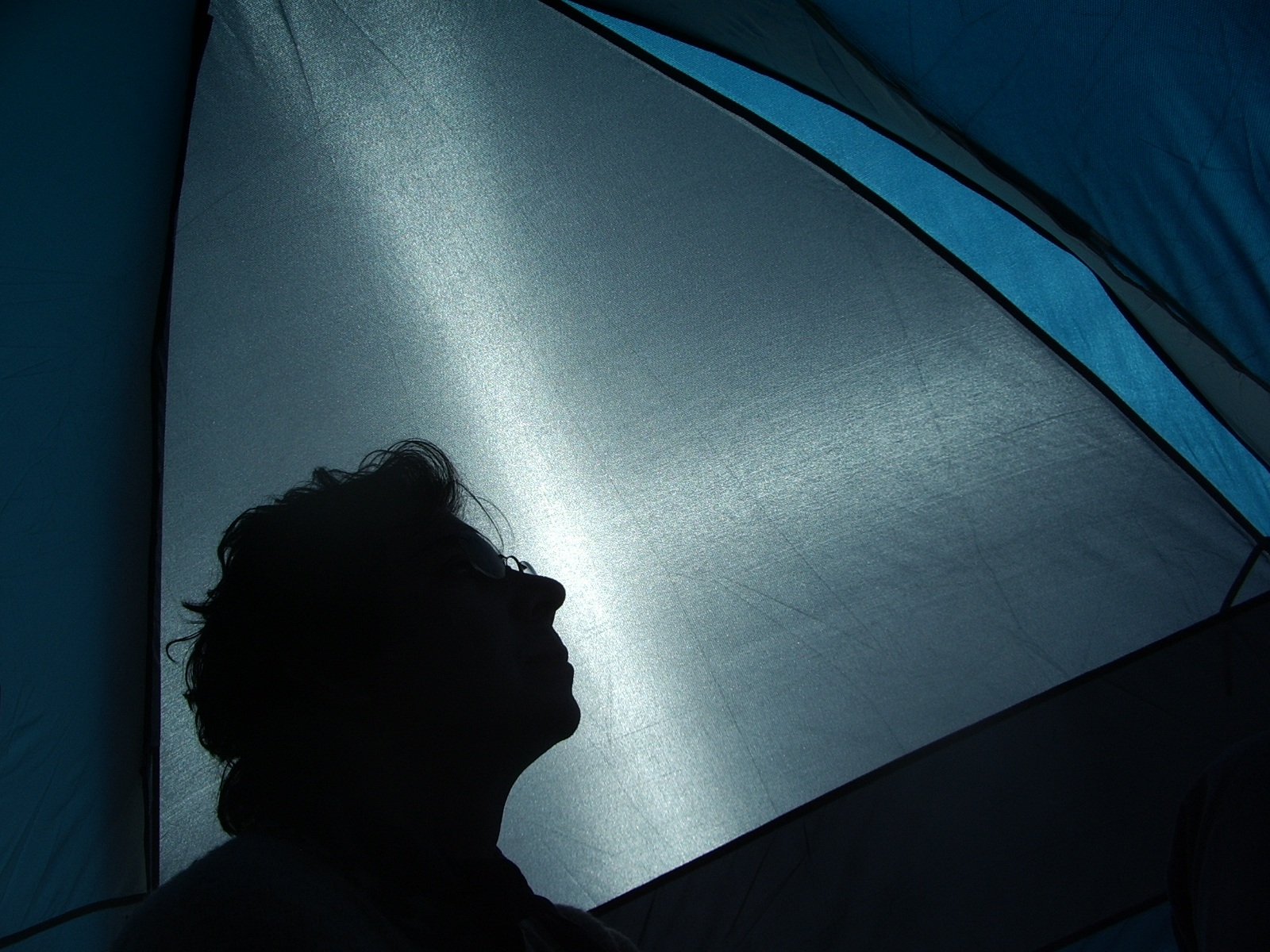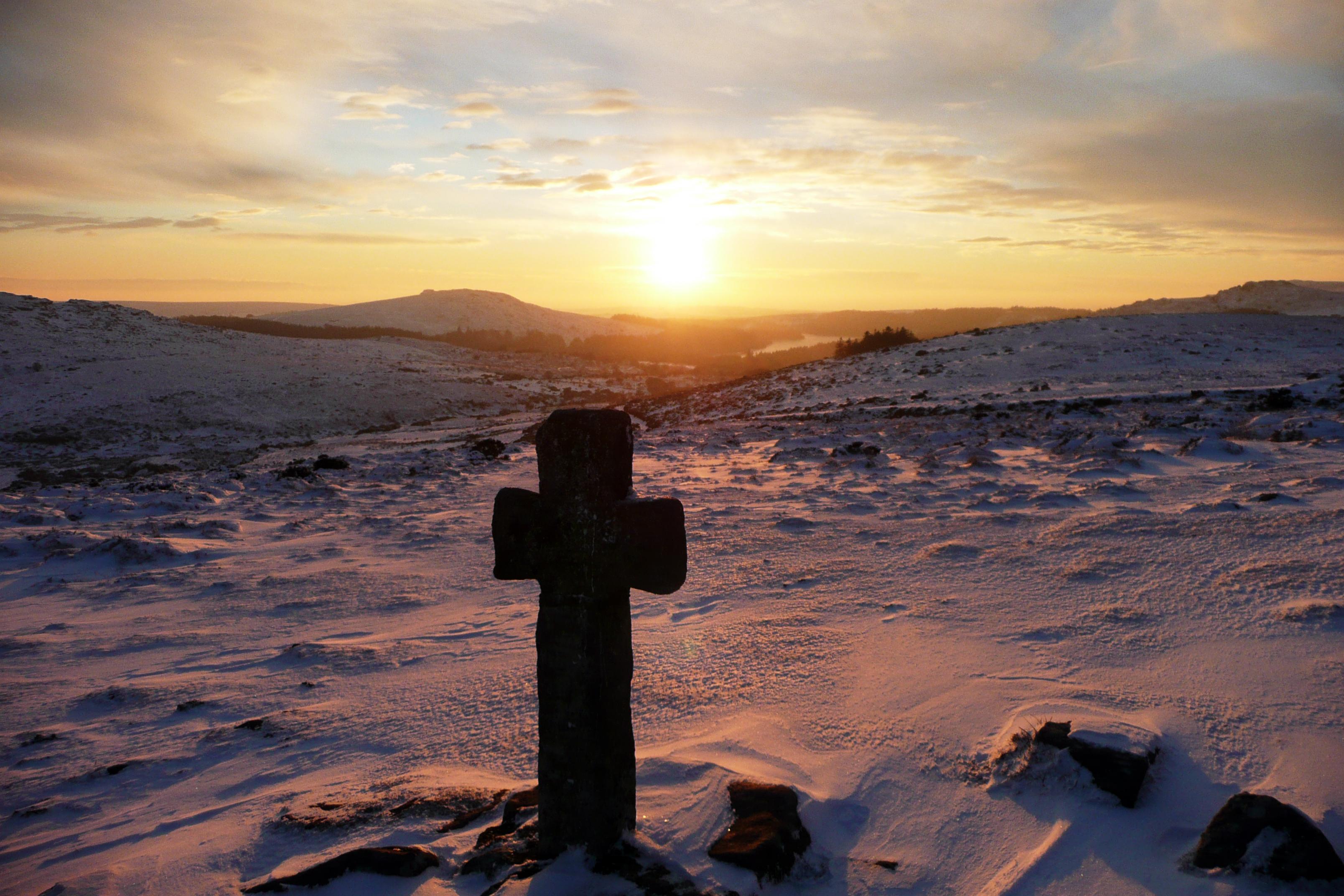Those of us who soaked up the Oprah-recommended book called “Wild” got to live vicariously through author Cheryl Strayed’s adventures as she white-knuckled her way through a precarious hike up the Pacific Coast Trail.
Those of us who don’t want to experience the foot-bleeding, skin-peeling, moose-fleeing drama that she faced during her arduous journey would do well to follow these 30 hiking safety hacks.
1. Get great-fitting boots
Boots that fit improperly can make you suffer from unnecessary blisters and lost toenails. Grabbing a pair (or two) of the best-reviewed hiking boots on Amazon that aren’t too tight or way too big for your feet is critical.
2. Walk around with your backpack before leaving
If you pack too many items in your backpack, you’ll needlessly suffer from carrying a heavier load that necessary. Test out picking up, toting and putting down your intended load on your back while still at home, before embarking on your journey.
3. Send yourself supply boxes ahead of time
Instead of trying to carry everything but the kitchen sink on your back, send yourself boxes full of supplies at pre-planned points at post offices along your trail hike – especially if it’s an extended walk.
4. Make sure to learn what’s poisonous and what’s edible
As chronicled in the popular book and movie called Into the Wild, Christopher McCandless died most likely as a result of eating a mold-filled plant or from confusing wild sweet pea seeds with those of another flora. The crucial lesson to be learned is to ensure what you’re eating is safe.
5. Give up if the hike becomes too dangerous
Don’t be so set in stone on following your hiking plan that you’re not willing to make changes. Certain seasons bring inordinate snowfall and ice or other treacherous conditions to some trails, making them impassable.
6. Take a buddy if you feel led to do so
There’s safety in numbers. Though we love to read the tales of folks brave enough to venture off on solo hikes, it helps to consider bringing others – especially more experienced hikers – along on your trip.
7. Know your trail
Use a map, GPS device and compass to figure out where you’re going, but make sure you’ve also studied every nuance of the area you’re planning to hike – and that you know how to use landmarks to determine where you’re going, just in case all of those devices become lost.
8. Bring sufficient snacks
Keep consuming enough high-quality calories to give you energy for your hike. Stuff your bag with freeze-dried foods that are both lightweight and nutritious.
9. Check out a menstrual sponge
Yeah, I’d never heard one either until I read the report of Strayed, the female hiker who used a menstrual sponge to collect her monthly flow. She’d wash it and reuse it instead of dealing with sanitary napkins and tampons.
10. Hang your food
Always hang your food or use a bear canister in order to keep it safe from animals, and to help prevent critters from sniffing around near you, advises the Washington Trails Association.
11. Take enough water
Even if you anticipate running into drinkable, fresh-water sources along your path, realize that it’s healthy to bring a water bladder full of liquid in order to keep you well hydrated each day.
12. Sunscreen is critical
Even if it’s the dead of winter, the sun can still beat down on you in dangerous ways. Protect your skin with sunscreen lotion that contains a high SPF factor.
13. Learn how to safely start a fire
Even if it’s raining, it helps to follow the Boy Scout rules on how to still use collected wood, your handy pocket knife and starter accessories to get a fire going that can keep you warm, give light and cook your food.
14. Bring extra Band-Aids
Experienced hikers say that you can rarely have enough Band-Aids – even more than are found in the standard first-aid kits. Because backpacks tend to rub against shoulders and backs, they can cause blisters that need to be covered.
15. Remember the first-aid kit
Speaking of first-aid kits, REI has a great one that includes things like Moleskin for blister protection and other wound-care specifics that might not be found in other non-hiking related kits.
16. An ice pick can be your best friend
As dramatically chronicled in Wild, learning to properly use an ice pick can help you navigate precarious trails by offering surer footing in the case of icy surfaces.
17. Take something good to read
Although safety is very important, it doesn’t mean you can’t bring fun items along with you. During the downtime and slow hours when you’re not staring at the sunrise, you might want to pull out your favorite Divergent book or a compact copy of the New Testament to keep you company.
18. Inform others of your hiking plan
Instead launching off without letting any family members or friends know where you’re going, leave your detailed hiking safety plan with at least one person you can trust – and plan to check in with them at appointed times.
19. Do shorter hikes first
Before setting out on the monumental hike of a lifetime, plan to complete several smaller hikes first in order to acclimate yourself to the process.
20. Learn how to set up your tent before you leave
It can be tempting to let your tent stay nice and tidy, planning to unpack it and read the rules when you’re on your hike. It’s better, however, to learn the intricacies of tent setup – which can be daunting – in the safety of your own backyard first, instead of in the wild.
21. Keep as dry as possible
Dampness and cold can be the enemy to a good hike. Even rain jackets may need to be put through an extra waterproofing process.
22. Use your fingers to estimate the remaining daylight
Sort of like using a sundial to tell time, there’s a neat way you can use your fingers to determine if you have enough hours of light left to hike on or whether you should hunker down for the evening.
23. Look up to the moon and stars.
In order to find your true north and south directions, without needing a compass you can observe the moon and the stars.
24. Bring a quality knife
Not that you want to use it like Aron Ralston had to use his when he cut off his own arm in order to free himself after getting trapped in rock canyons as shown in the movie 127 Hours, but a good knife can do everything from provide protection to help prepare food.
25. Pack extra clothes
Realize that if you’re hiking in a cold climate, you can still sweat and soak through your clothes. Make sure you have enough extra gear to change into whilst your other soggy clothes are drying
26. Double-check last minute weather reports
Even if the location you’re planning to hike is predicted to be filled with sunny skies and pleasant weather, make sure you’re aware of up-to-the-minute storms or other approaching factors than can adversely affect your hike.
27. Research all the potential animals you may encounter
Bring bear repellant spray, and learn the proper way to react if you’re suddenly faced with a big grizzly bear versus a black bear. Determine beforehand the types of wildlife your hiking area contains – be it teeming with coyotes, snakes, mountain lions or whatever – along with the best ways to keep safe from them.
28. Duck Tape can be very valuable
Duck Tape can serve a multitude of purposes, from taping up wounds to covering blisters to helping to remove a tick, so stock up.
29. Protect your smartphone in a waterproof case
If you can get a signal when you need it the most, a waterproof case for your cell phone can serve as a lifeline by keeping the electronic dry and usable. Life Proof makes a great one.
30. Stay calm, keep your wits about you and have fun
Remember the main reasons you have embarked upon the journey. Even if you come across unexpected adventures, don’t give in to fear. Enjoy the exercise and keep calm. Remain visible and send distress signals in case of an emergency.
Featured photo credit: Travel to Mount Cook National Park by ZIVOTNACESTACH.CZ via picjumbo.com

